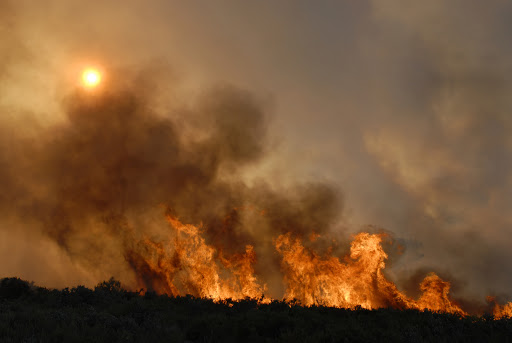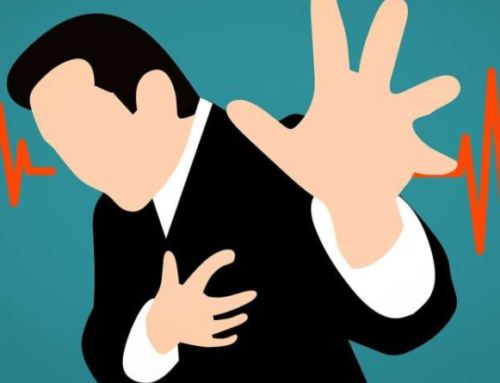Warm and dry conditions are making wildfires easier to start and more difficult to put out, a trend that can be clearly seen by last year’s record-setting season in North America, which has already been eclipsed in 2021, with months left in the fire season.
Given that this summer is already being characterized by a historic heatwave, extreme drought and record temperatures, 2021 is shaping up to be a particularly devastating wildfire season.
Besides the millions of acres of forest losts, wildfires are consuming more and more of State and Provincial budgets (particularly in the west), and the economic impacts are massive. In fact, in 2018, more than 58,083 wildfires burned more than 10.7 million acres in North America and generated around $60 billion in capital losses, a further $100 billion in health costs, and over $200 billion in indirect losses (all values in USD).
People cause nearly 85% of wildfires. This includes everything from unattended campfires to downed power lines.
As we come out of the COVID pandemic, more and more of your employees are looking to escape to the outdoors. You can do your part to reduce the risk of forest fires by taking the time to make sure your employees are aware of the dangers associated with campfires and tips to prevent wildfires.
HOW TO EXTINGUISH A CAMPFIRE
When you’re ready to call it a night, follow these guidelines from the U.S. Department of Agriculture:
- First, allow the wood to burn completely to ash, if possible.
- Pour lots of water on the fire. Drown ALL embers, not just the red ones.
- Keep pouring until hissing sounds stops.
- Next, stir the campfire ashes and embers with a shovel.
- Scrape the sticks and logs to remove any embers.
- Stir until everything is wet and cold to the touch.
- If you do not have water, use dirt. Mix dirt or sand with the embers. Continue adding and stirring until all material is cool. Remember: Do NOT bury the fire. If you do this, the fire will continue to smolder and could catch roots on fire. These roots may eventually start an uncontrolled fire.
10 TIPS TO PREVENT WILDFIRES
Check weather and drought conditions. Pay close attention to weather and drought conditions, which can affect the flammability of vegetation. Avoid any activities that involve fire or sparks when it’s hot, dry and windy. If the conditions aren’t right, choose non-flammable options. Remember, conditions and local restrictions should guide your decision for any fire-related activity such as building a campfire, operating equipment, off-roading on dry grass, or burning debris.
Build your campfire in an open location and far from flammables. Many people love to go camping and enjoy the warmth and light from a campfire, but your campfire can cause wildfires if you do not build and extinguish it properly.
Douse your campfire until it’s cold. Douse the fire with at least one bucket of water. Stir it. Add another bucket of water. Stir it again. Your campfire should be cold to the touch before you leave.
Keep vehicles off dry grass. If you are off-roading, remember that your exhaust can reach temperatures of 1,000+ degrees! So, avoid driving or parking over dry grass.
Regularly maintain your equipment and vehicle. Vehicles and equipment can shoot sparks from their exhaust, particularly vehicles that haven’t received regular maintenance.
Practice vehicle safety. Carry a shovel, bucket and a fire extinguisher in your vehicle to put out fires. Off-highway vehicles must have a spark arrester. You should also carry a bucket, but you could also use a helmet or anything else to carry water.
Check your tires, bearings and axles on your trailer. If you’re towing a trailer, please remember to do a maintenance check to ensure the tires are not worn, the bearings and axles are greased, and safety chains are properly in place and not dragging on the ground.
Keep sparks away from dry vegetation. Make sure you never operate equipment that produces sparks near dry vegetation. Always clear the area around your workspace. This area should be even larger if it is windy and dry. Create clearings where all flammables have been removed. The width or radius of the clearing will vary with the conditions from 10 to 25 feet.
Check conditions and regulations before you use fireworks or consider safe alternatives. Fireworks start over 19,000 fires and send over 9,000 people to the ER each year in the United States. Check your local federal, state and city regulations before using fireworks. States, counties and cities may have different laws and regulations, so a little bit of research could save you the cost of an improper fireworks use penalty, or worse – the cost of fighting a wildfire. Consider safe alternatives such as glow sticks or silly string.
Cautiously burn debris and never when it’s windy or restricted. Sometimes, people burn trash, leaves, agricultural waste, or other materials. If you plan to burn debris on your private property, make sure you have water nearby (such as a garden hose) and never burn anything if it’s windy.
ADDITIONAL RESOURCES
Here’s a great video produced by the NOAA about wildfire safety
Wildfire Smoke and Health Infographic







